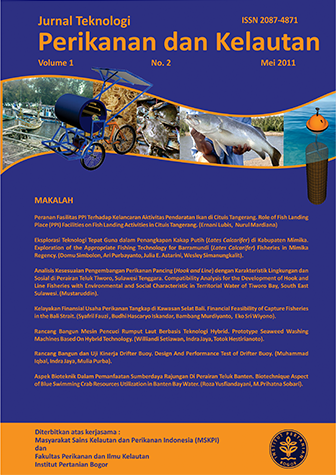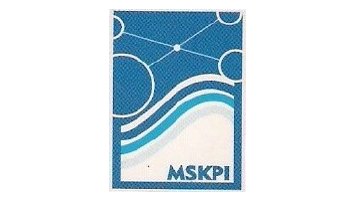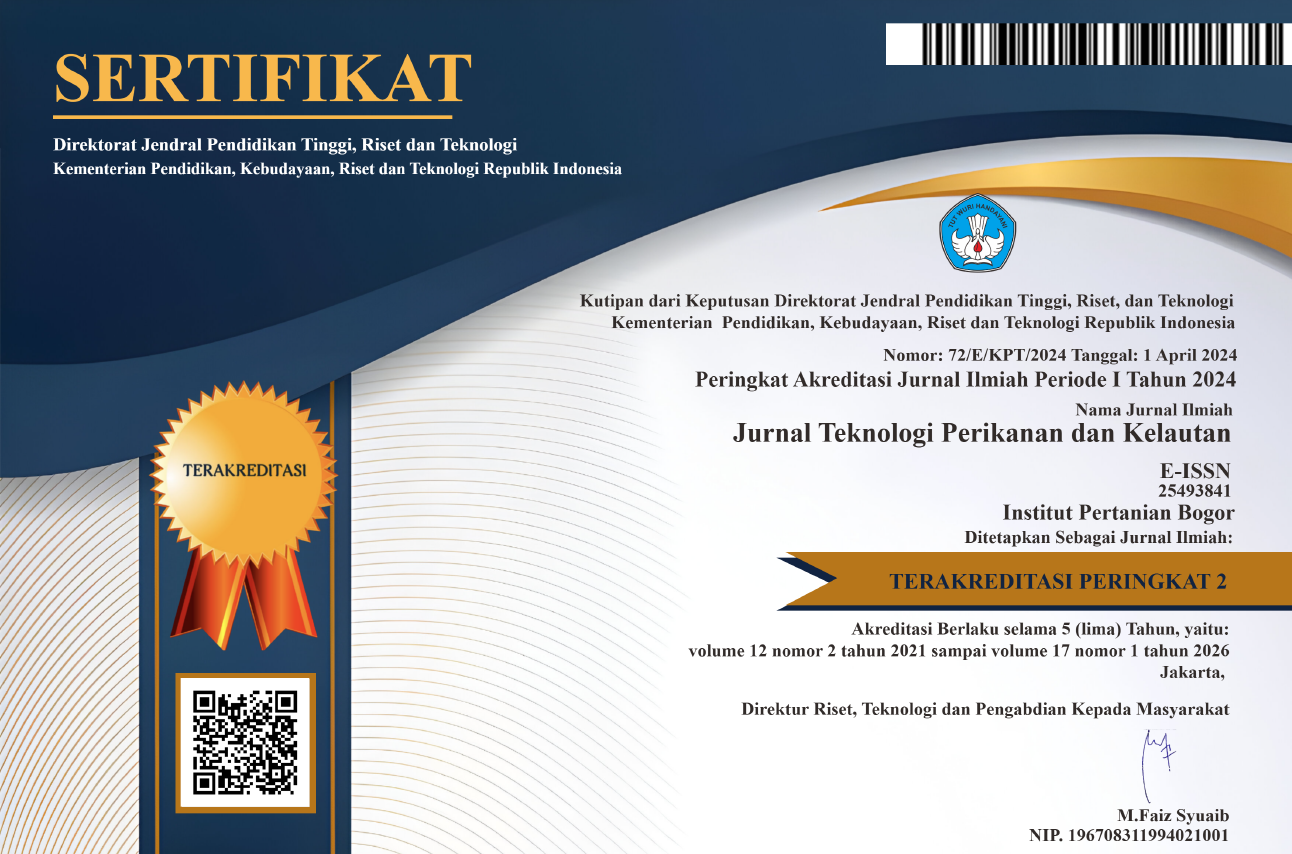RANCANG BANGUN DAN UJI KINERJA DRIFTER BUOY
Abstract
The modern drifter buoy is a high-tech version of the "message in a bottle". It consists of a surface buoy and a subsurface drogue, attached by a long, thin tether. The buoy measures temperature and other sea/air properties, and has a transmitter to send the data to passing satellites. Drifters buoy for oceanographic research in the field had long been developed, but the design and construction of this instrument is still on going process. The major goal of the drifter intended by the designers of the drifter are cheap, lightweight and stable on several conditions. This study attempted to produce a drifter system capable of measuring position, speed and direction of surface current using a microcontroller, GPS and GSM technology as the data transmitter and receiver. There are 3 main parts of the drifter. They are the electronic systems, software and vehicles. Electronic systems are built from the microcontroller ATmega32, storage SD / MMC cards, transmission using GSM modem, GPS as a sensor position and velocity, and DALLAS DS18B20 as temperature sensors. The software is divided into 2 parts: software that is embedded into vehicle and software to control and receiving data in ground segment. Vehicle is divided into 2 main parts, first is float to house electronics system and drogue to maintain a position of drifter from the influence of surface wind. GPS used has a precision of 10 m, therefore the determination of position requires a certain time interval, this interval is very dependent on the speed of surface currents in the area. The results of performance test systems in the field showed that the design is able to record 95% -99% of the data successfully at 64 bps transfer speed. Field trial results also showed 85% and 93% successful data transmission using the GSM network with the power used in these systems totaling approximately 541-544 mW. The value of drag area ratio is 53.38, greater than 40 indicates that the drifter is produced has a pretty good ability to follow the movement of the water.





















